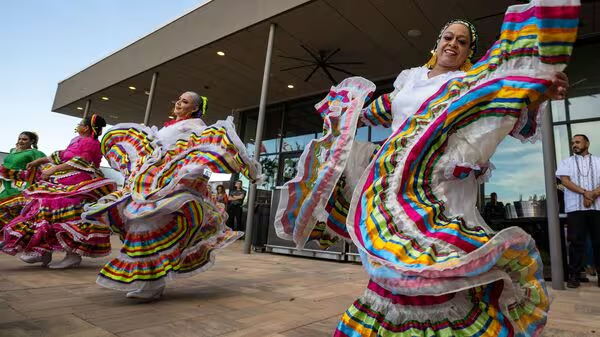Every year on Cinco de Mayo, Americans come together to celebrate Mexican heritage with music, food, and festive parades. While often confused with Mexican Independence Day, Cinco de Mayo has its own unique history and cultural significance in the United States.

What is Cinco de Mayo and Why Does It Matter?

Cinco de Mayo commemorates the Battle of Puebla fought on May 5, 1862, when General Ignacio Zaragoza led a small Mexican force to a surprise victory over the French army. This battle, although not decisive in the war, became a powerful symbol of resistance and Mexican resilience.
While the holiday is not widely celebrated across Mexico, it is honored in the city of Puebla with reenactments and traditional festivities.
How Cinco de Mayo Became a Major Holiday in the U.S.
In the United States, Cinco de Mayo has evolved into a celebration of Mexican-American culture. The holiday gained traction during the Chicano Movement of the 1960s and 70s, where it was used to promote Latino identity and civil rights. Today, it is widely embraced by people of all backgrounds.
For more on Mexican-American history, check out our guide on Cultural Holidays Celebrated in the U.S..
Cinco de Mayo Traditions in the U.S.

Modern Cinco de Mayo celebrations include:
- Street parades with traditional costumes and folkloric dances
- Live mariachi bands and cultural exhibits
- Mexican cuisine like tacos, tamales, and mole poblano
- Educational events in schools and community centers

Why Cinco de Mayo Still Matters Today

Even amid commercialization, Cinco de Mayo remains an important day to celebrate Mexican roots and educate others about the contributions of Latino communities in America. It highlights the values of unity, diversity, and historical awareness.
Want to understand the difference between this day and Mexico’s Independence Day? Read our explainer: Mexican Independence Day vs Cinco de Mayo.
Conclusion: Cinco de Mayo Is More Than Just a Fiesta
Cinco de Mayo is a celebration deeply rooted in history and cultural identity. It marks the spirit of defiance against oppression and the rich heritage of Mexican-American communities. Whether through parades, food, or education, this day continues to unite and inspire across generations.









